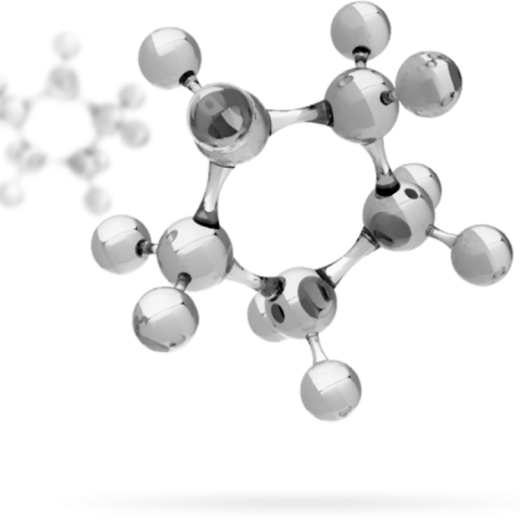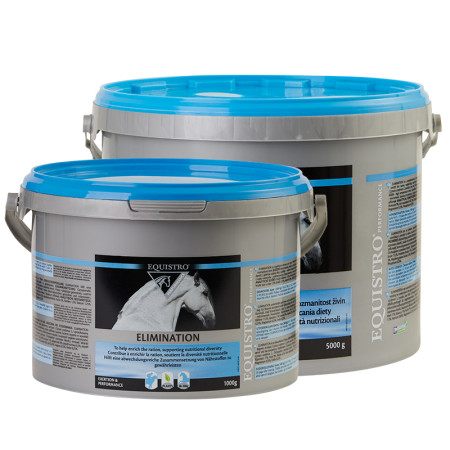
Dandelion (Taraxacum officinale)
Desription
The main flowering period of dandelion is from March to May but, however, this plant often shows its flowers again in fall. In principle, all parts of the dandelion plant can be used, although the composition of the ingredients depends on the time of year. In spring, for example, the root contains more bitter substances, whereas in fall it contains plenty of inulin.
Properties
Dandelion contains bitter substances (sesquiterpene lactones), triterpenes (taraxasterol), sterols, phenolic compounds (taraxacoside), flavonoids and phenolcarboxylic acids. The most important ingredients of the dandelion are the bitter substances tetrahydroridentin B and taraxacolid-β-D-glucoside, which can generally stimulate the secretion of the digestive glands. Dandelion also has diuretic properties, which may be due to the high potassium concentration (up to 4.5%) of the dandelion plant. The vitamin C content is particularly high in the leaves of the plant and can be up to 68%.
Possible uses
Dandelion is generally used to support the natural function of the liver and kidneys. The inulin-containing root of the dandelion plant can be particularly beneficial for digestive problems and for stimulating the appetite The plant components, which are rich in potassium and vitamin C, help to stimulate urination and generally promote the metabolism.
Important to know
In very rare cases, too frequent contact with the milky sap of the plant can lead to contact dermatitis.

